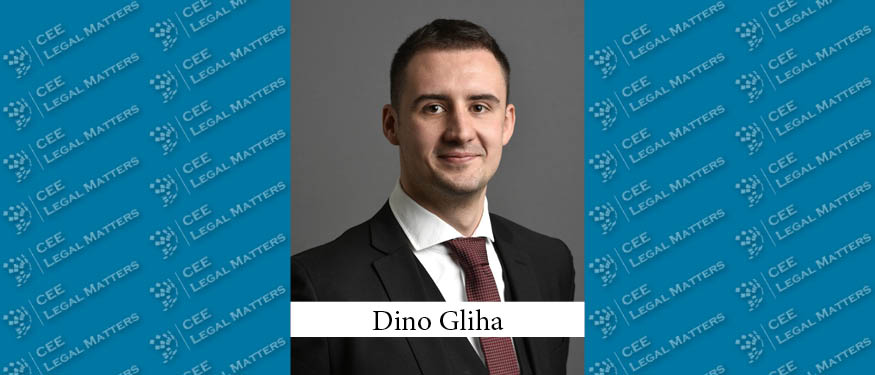Photon Energy Group’s Deputy Group Legal Counsel Florina Mariana Homeghiu discusses her approach to managing legal budgets, including trends in costs and effective cost-cutting strategies.
CEELM: Overall, has your in-house legal team’s budget generally increased, decreased, or remained relatively stable over the past few years?
Homeghiu: From my experience, the budget trends for in-house legal teams vary and depend on several factors, including business cycles, company projects, etc. While businesses often aim to minimize costs, there are situations where external legal expertise is essential, such as when you need a tax legal opinion or due diligence for specific authorizations, or when the company plans new initiatives or acquisitions. However, for internal matters, we typically handle them in-house. The budget allocation for legal services is closely tied to the company’s activities, and it’s crucial to consider the legal implications before making cuts.
Additionally, when business activity significantly increases or when the company is expanding into new business lines, it becomes clear that the existing in-house team can’t handle the workload alone. In these situations, internal resources may not be sufficient and it is necessary to work with external lawyers or you might need to create a new position to manage the increased workload, as the rising number of office hours and the growing volume of requests indicate that the current team can’t meet the demands within a reasonable timeframe.
CEELM: If you need to cut budgets, what are the first costs you typically look to trim, and on the opposite side, which costs would you never consider cutting?
Homeghiu: In terms of what costs to cut, we first look at smaller tasks like reviewing different types of contracts (construction, services, EPCs) to see if we can handle those internally. We also do legal translations internally (we created bilingual versions of different documents), corporate documents, powers of attorney, etc., avoiding the need to pay external providers.
On the flip side, there are certain areas where I would never consider cutting the budget. As I mentioned earlier, for big projects and significant legal opinions, external expertise is crucial. For example, when Photon acquired different companies or several renewable projects in Romania, the legal-related activities were too complex to handle entirely in-house. In cases like these, where specific expertise is required, external lawyers are indispensable.
CEELM: What have been your team’s most effective cost-cutting initiatives in recent years?
Homeghiu: In the past, I reviewed the entire cost structure from the previous year and compared it with this year’s spending on items like training, conferences, translations, and so on. Based on this review, we identified areas for improvement. For instance, when evaluating conference participation, we assessed whether it added significant value or if it was just attendance. Additionally, for activities that can be standardized, such as contracts, powers of attorney, etc., using templates can reduce the need for external lawyers and can be applied across different projects or collaborators.
CEELM: Which costs have seen the most significant increase for your legal team in recent years?
Homeghiu: For specific projects, we negotiate capped fees, while for others, we use hourly rates. We noticed that hourly rates have increased across all law firms. We prefer to avoid hourly rates because costs can rise uncontrollably. This increase in hourly rates has been observed both before and after the pandemic.
CEELM: What best practices have you developed for instances where planned budgets are exceeded?
Homeghiu: At the beginning of the year, the companies start with a fixed budget, but by mid-year or later, you might find that you’re close to exhausting it. In such cases, I approach the CFO, CEO or group management to request additional funds. The lesson here is that while you might negotiate a capped fee, there are times when lawyers, due to the nature of the project, might not agree to work within that cap. This requires negotiating an extension of the budget, especially if the project evolves beyond what was initially planned.
Sometimes, unexpected activities, such as attending conferences or training, arise. For example, a General Counsel might discover an important conference in June that someone from the team wants to attend. As a legal manager, it is important to be flexible, discuss any additional expenses transparently and review timesheets and legal invoices.
When requesting an extra budget, from my point of view, best practices include anticipating potential additional costs that weren’t considered ten months ago and having arguments for the extension. It’s important to inform upper management early on about specific projects that might incur extra costs. Keep them updated in advance to ensure they are aware of the potential for additional expenses and to facilitate the issuance of invoices. Transparency and communication are key.
CEELM: What is your plan for handling a budget crisis or financial downturn?
Homeghiu: You usually can’t predict when a crisis will hit (it may appear different types of crisis), so I’ve never had a specific Plan B for each potential situation – I adjusted the budget accordingly along the way. I typically create a budget based on the spending patterns of the past 1-2 years, estimating future expenses as accurately as possible. If an unexpected event, like a pandemic, occurs, the first adjustments are usually to cut travel costs and expenses for training abroad, since travel is often halted for everyone, including executives and other departments.
Additionally, when projects are put on hold/suspended or delayed it affects the budget. Therefore, you can adjust the budget accordingly by reallocating or cutting funds that were initially set aside for that project. If the project is canceled or indefinitely postponed, you can remove those allocated funds from your budget.
















